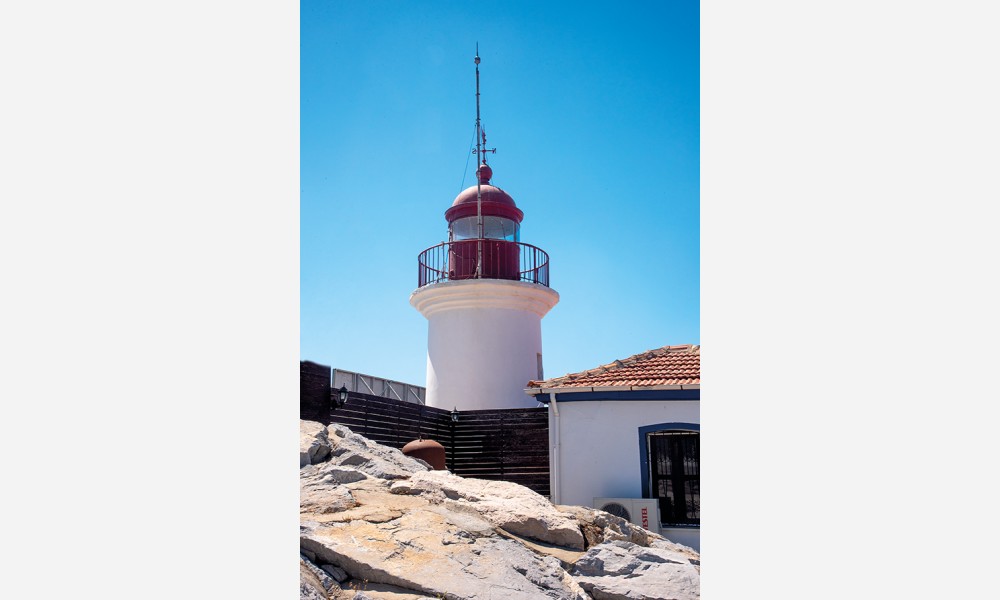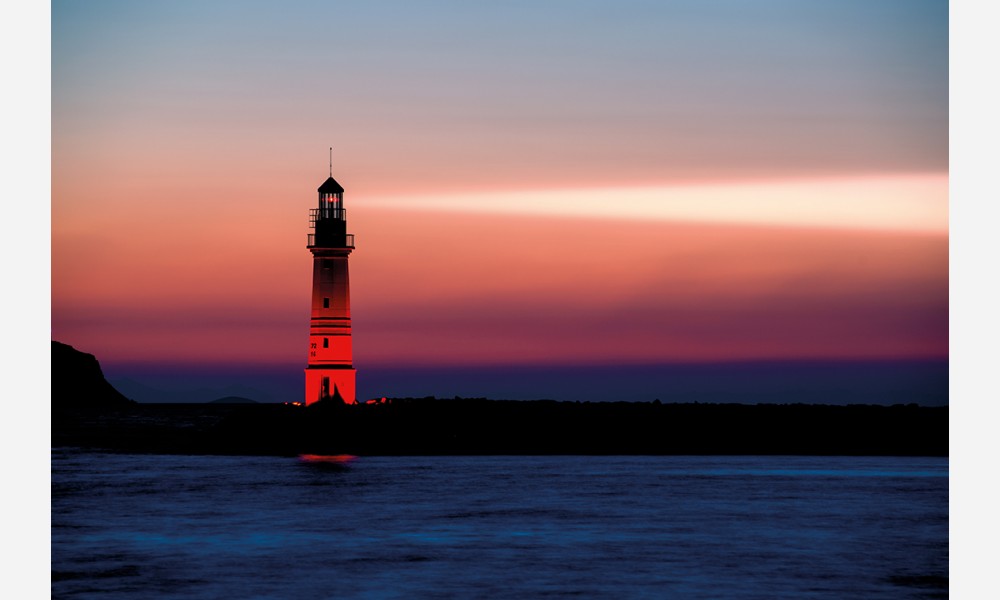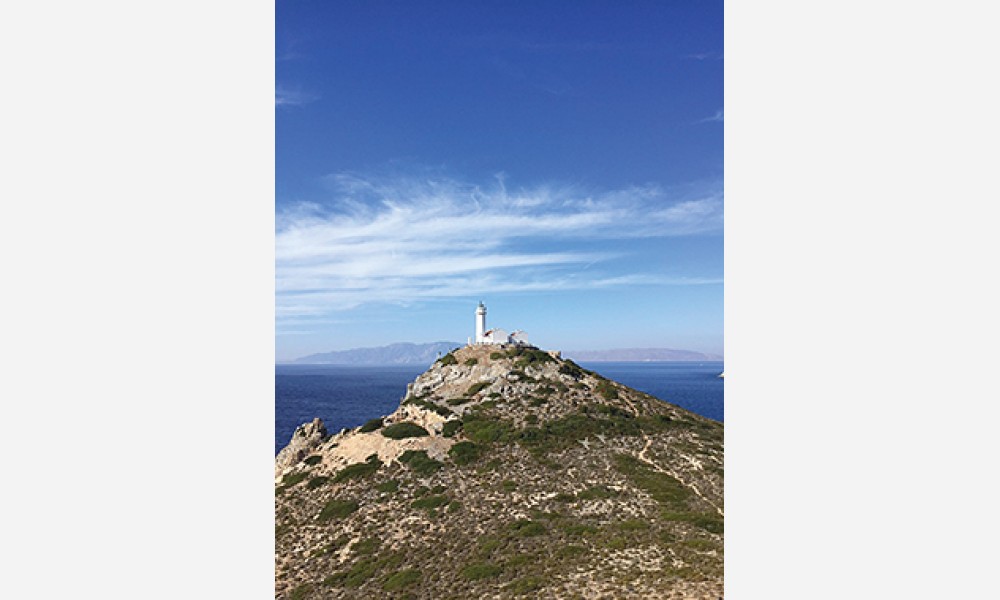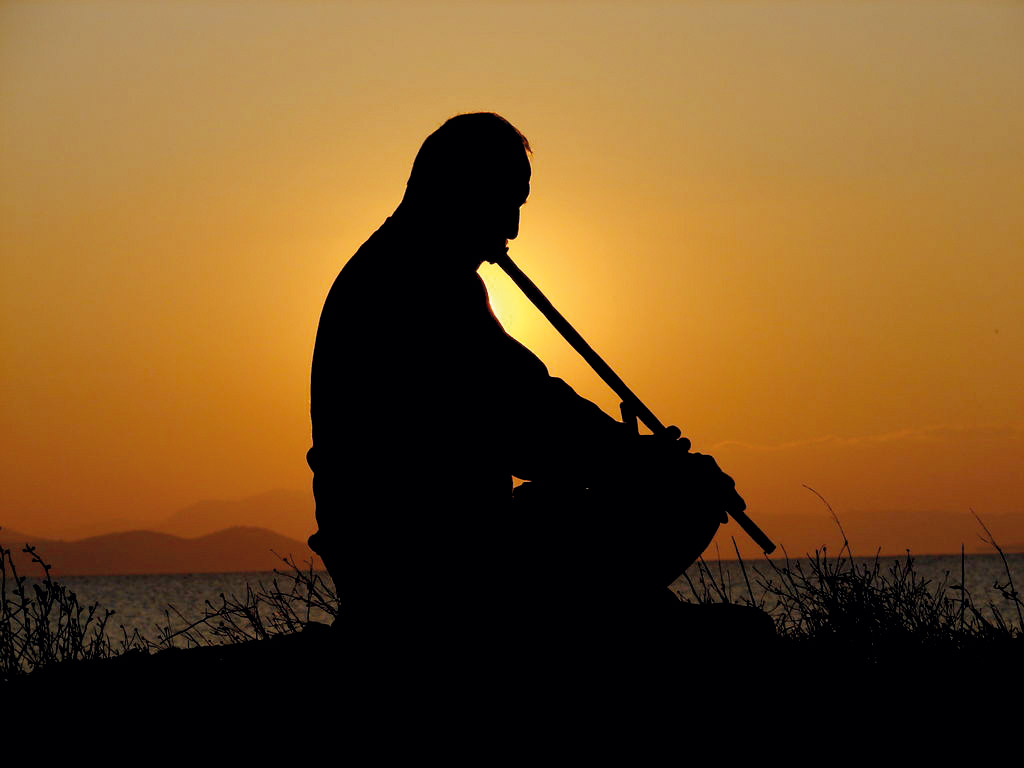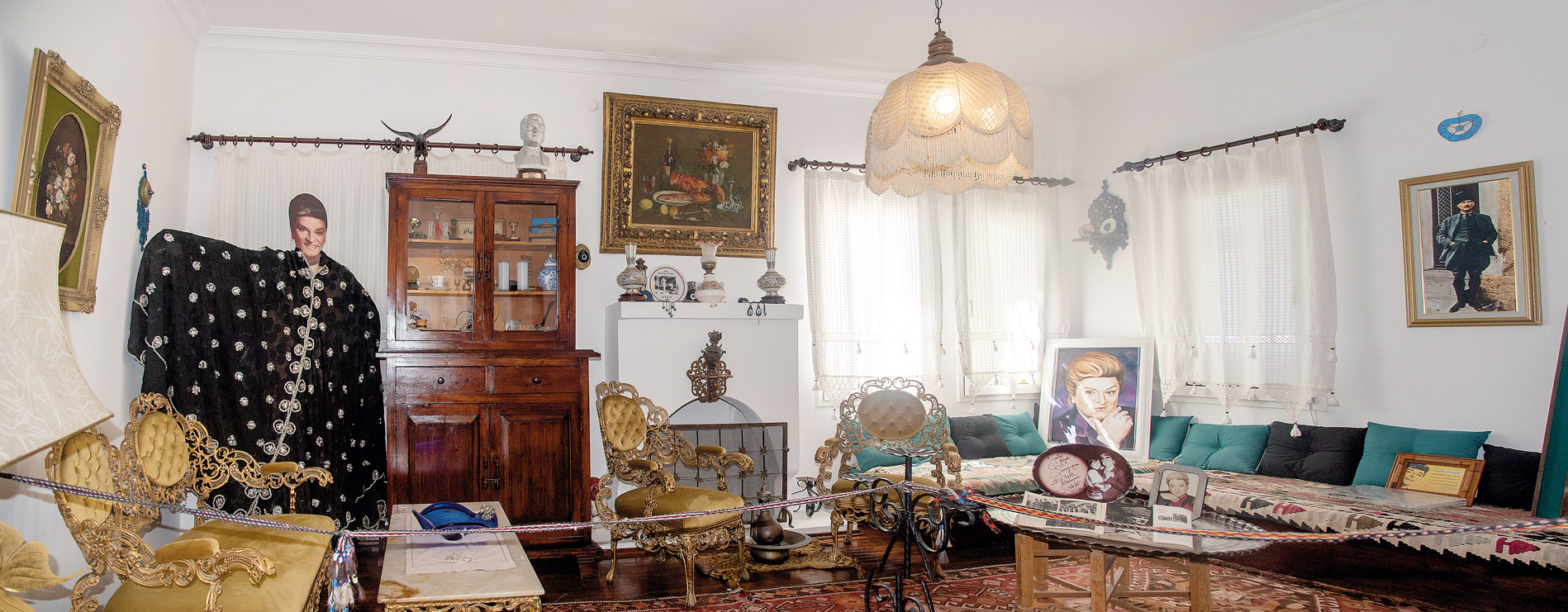The Polestar of Sailors Lighthouses

They are alone and proud.
This is the destiny of all beacons...
Lighthouses, a symbol of good luck to the sailors since ancient times, challenge not only giant waves but also time.
They flash on and flash off... They illuminate seas and lead the way. Lighthouses shine a light on eternity with their lonely but wise stand in the endless blues.
Lighthouses, which have become lifelong companions of sailors since the day mankind discovered traveling on sea, have been resisting for years even though they have been losing their functions because of the development of technology.
The need met by bonfires burned in high places in antiquity evolved into a structure both to preserve these fires more easily and to provide a covered place for the person in charge of ensuring its continuity over time. Lighthouses, which are of great importance for sea transportation, have guided ships in coasts, where the currents become dangerous, harbours, rocky shores, and islands.
As the light source, kerosene mantle lamps were used in lighthouse beacons. They illuminated crystal revolving panels with a bright and great flame of nested circle-shaped wicks. In the later years, mantles and bulbs were used today, solar energy is exploited.
Bodrum Lighthouse
Bodrum Lighthouse located at the western end of the harbour flashes as a breakwater lighthouse today and can radiate its light up to 8 nautical miles. It is indigenous to Bodrum with its structure, colours, and atmosphere.
The lighthouse, which had shown where Bodrum was by a white light in its first years, started to serve as a pier lighthouse flashing red light when the harbour was enlarged and a breakwater was built in the ‘80s.
7 metres high historical lighthouse built as a course beacon, which is currently served as one of the most spectacular breakwater lighthouses in Turkey, is located at the tip of the breakwater in Bodrum.
Deveboynu Lighthouse/Datca
Built in 1931, the lighthouse is 104 metres high and looks like the ruler of the entire Aegean. It resists the strong winds of the sea by itself. In terms of the geographical shape of the location, which resembles a camel shape, the lighthouse was named Deveboynu (Camel’s neck). Being the farthest point of Anatolia to the Mediterranean, it is a spot that separates the Aegean and the Mediterranean.
Kos Island and many islets are across from it. On the last hill of the peninsula where the ancient city of Knidos is located and it suits the land, it is in very well. This is because Sostratus of Cnidus, the architect of the world's largest lighthouse, the Lighthouse of Alexandria, had also lived here.
Lighthouse has been running on solar power since 1993. No one has ever stayed in the lighthouse, which can be reached by a path through the ancient city of Knidos, since then.
Huseyinburnu Lighthouse
The lighthouse in Turgutreis is reached by passing the luxury marina surrounded by water canals and Sabanci Park. At the foot of the 9-metre lighthouse which is on the tree-covered cape and 15 metres above sea level, there is a lighthouse restaurant. Electric battery-powered lighthouse, whose light can be seen from 10 miles away, has been winking at the ships passing through the Mediterranean since 1964.
The lighthouse overlooking Kos Island at night is one of the first solar-powered lighthouses of ours. These beacons used to work with acetylene. A boat used to be hired to transport heavy tubes to the islands, and a man to take the tubes to lanterns. Now, however, lighthouse keepers only go to lighthouses for periodic maintenance of the flashers.
Turgutreis Lighthouse
The lighthouse at the marina winks at the unique sunset view of Turgutreis.
Kizilada Lighthouse / Fethiye
The lighthouse in Kizilada was built in 1910. The height of the lighthouse on the island is 32 metres, and the height of the tower is 12 metres. It flashes every 5 seconds. The island on which it is located is 5 miles off Fethiye and in the middle of the bay surrounded by mountains of woods.

